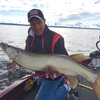
The Ontario Fall Crappie Hunt
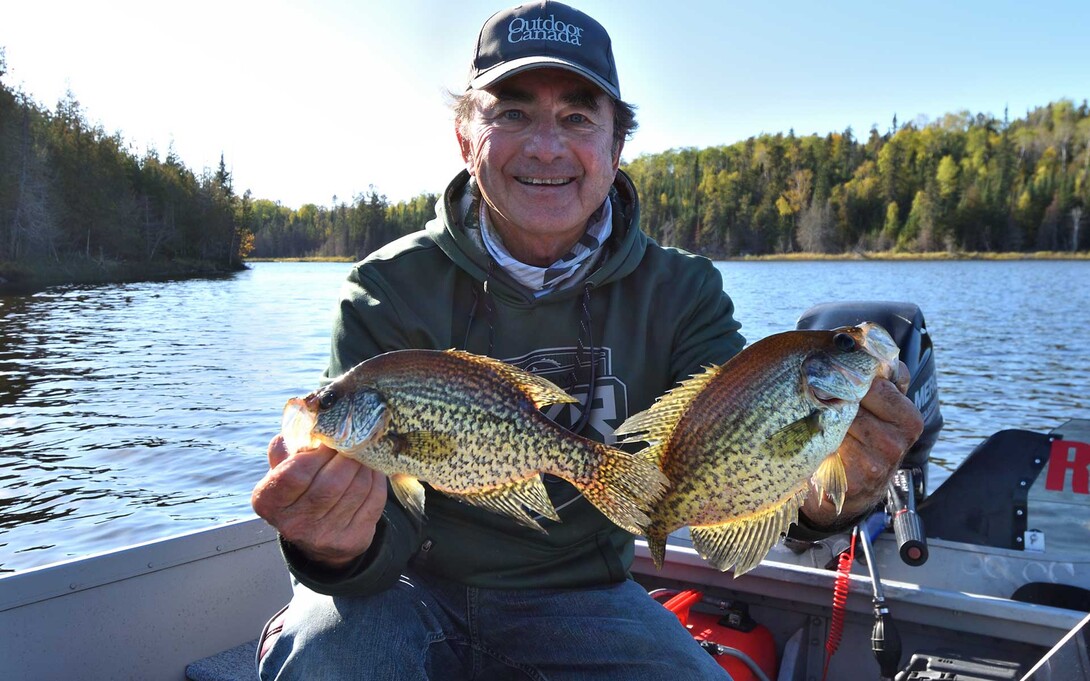
Ontario is such an incredible place to fish, not only because it offers the adventurous angler over 400,000 lakes of every imaginable size, shape, and depth but also because of the variety of species you can target. Two days ago, for example, I was chasing mammoth muskies in Lake of the Woods, where there are over 14,000 picture-postcard islands, scattered amongst one million acres of water. Then, yesterday, I decided to catch black crappies in a much more modest hideaway, where I was serenaded in the evening by a lonely timber wolf howling to the moon on shore. Talk about the big and the small of it all.
Gotta confess too, that crappies and muskies are at the top of my fall fishing agenda because with both species, it’s a hide-and-seek hunting game to pinpoint them. Especially, crappies that you can find in so many dissimilar type lakes from Southeastern Ontario clear across to the Northwestern part of the province.
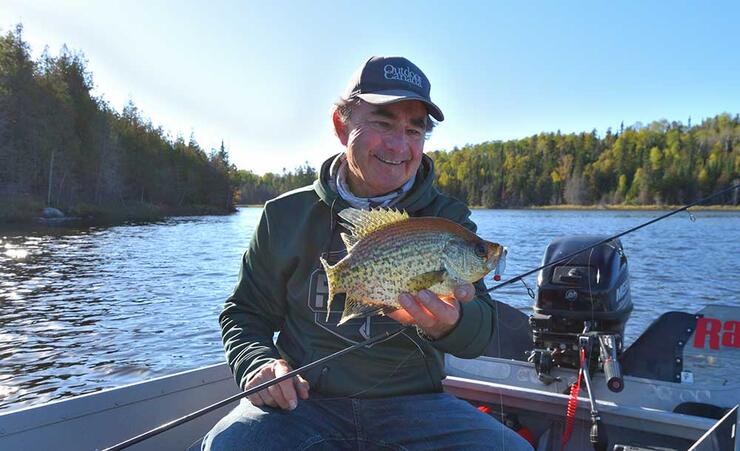
Gord Pyzer found this beautiful crappie relating to a weedline point.
During the late summer months and into early autumn, for example, crappies are social animals that school up in large groups and move around together. This can make for feast or famine fishing: once you find a tightly bunched-up batch it is like picking plump juicy grapes from a vine.
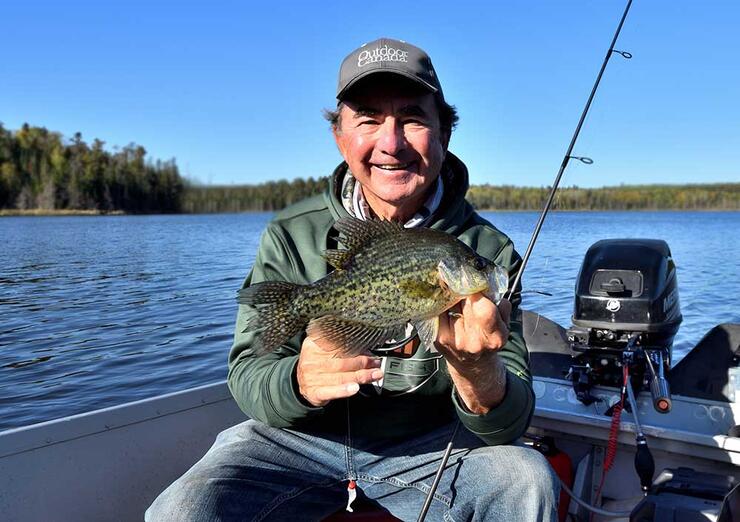
Two of the most important things I’ve also noticed about locating crappies, in my Northwestern Ontario, Sunset Country part of the province, is that the schools at this time of the year like to cluster in deeper water. And they are typically moving around slowly.
But—and this is an extremely important part of the location puzzle—there is almost always something that is attracting and holding the group of fish together, like the tip of an underwater point, a pile of rocks, or even something as subtle as a submerged log or tree lying on the bottom.
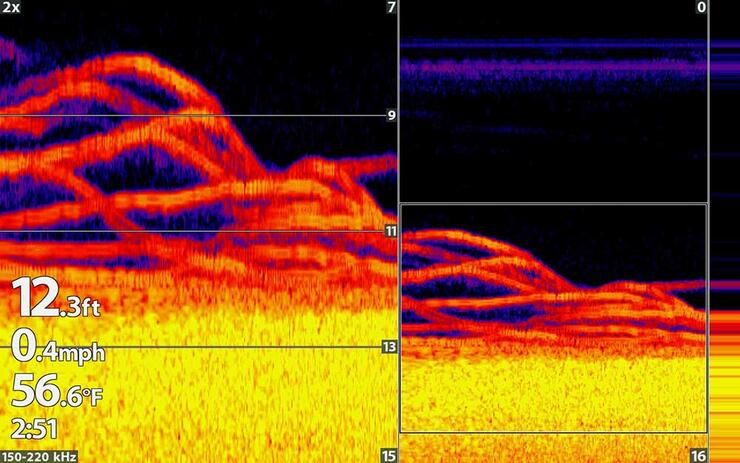
Black crappies are social animals, so when you find one, you can bet there is more.
When I find one of these bunched-up schools that is ripe for the picking, I like to back away from the fish if it’s relatively shallow and calm and cast a baby finger-size swimbait like a Z-Man Micro Finesse Shad FryZ or small rattling bait like a Rapala Ultra Light Rippin Rap. If I find the fish in deeper water, or if it is wavy, on the other hand, I’ll get right over top of the school and hang a small jig tipped with a 2 1/4-inch Mister Twister Sassy Stingum in front of their noses. This is probably the most effective method but be aware that your presence can alert the crappies and cause them to shift their position. You need to move along with them when the bite starts to slow down.
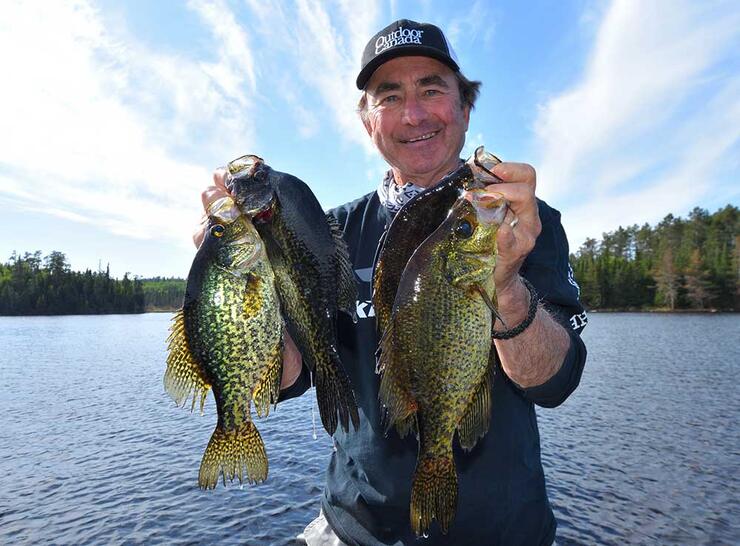
If you’re fishing a relatively shallow featureless crappie lake — especially common in the southern parts of the province — you will find the fish relating to clumps of cabbage and distinct weed lines. They’ll often spread out a little more than the deeper water fish, but you will still find small clusters of crappies associating with weedy points and anywhere that a rock, boulder, clay, or sand bottom creates a tiny opening-like oasis in the vegetation.
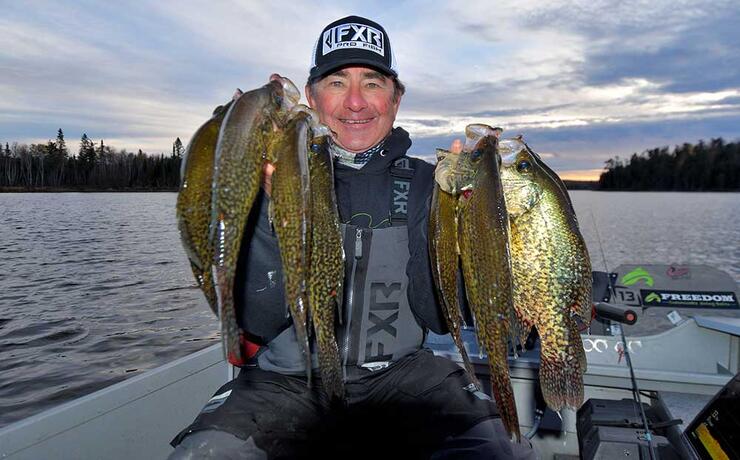
Crappies are attracted to anything on the bottom, like a sunken log or pile of boulders.
I was fishing a weedline like this the other day and found the slabs a short cast away from the string-like strands of grass. I picked off the easy fish first pitching the Z-Man paddletail up to the scrawny vegetation and swimming it back to the boat. Then, when the fish got wise to the moving bait, I floated the Sassy Stingum beneath a slip float and mopped up dinner.
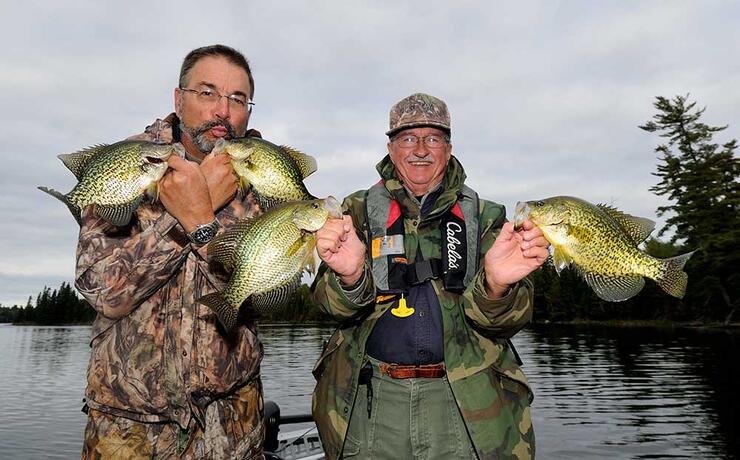
I was using a 7 1/2-foot-long medium light action spinning rod spooled with a 4-pound test Sufix Nanobraid and a two-foot Maxima fluorocarbon leader. I attached a bobber stop to the line, slid on a slip float and then tied on a 1/16-ounce Moon Eye Jig and tipped it with the Sassy Stingum. The key to the presentation was not moving the bait at all, but rather, letting the float dangle it in front of the crappies’ eyes. It is always important, too, not to set the hook hard and rip the little jig out of a crappie’s soft mouth. So, when you see your float go down, just tighten up on the line and you’ve got him.
Autumn is here, folks, and the Ontario fall crappie hunt is in full swing.
Recommended Articles

20 Years With Fish TV!

Cast Into the Heart of a Walleye Paradise

3 Great Ontario Walleye Destinations

Eating Northern Pike
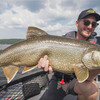
Trophy Lake Trout on Lake Obabika

Brook Trout Fishing at Dunlop Lake Lodge

10 Facts About Lake of the Woods
Ontario Brook Trout
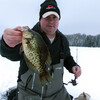
Epic Ice in Northwestern Ontario

Top 5 Baits for Smallmouth and Largemouth Bass
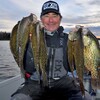
Bivins’ Bounce Crappies
Top 8 Places to Ice Fish in Ontario
Don’t Be Afraid Of Muskies

Long Nose Gar

Best WhiteFish Tactics

Yellow Perch Egg-Stacy

A Whole Lota Lovin'
Top 5 Musky Destinations in Ontario

